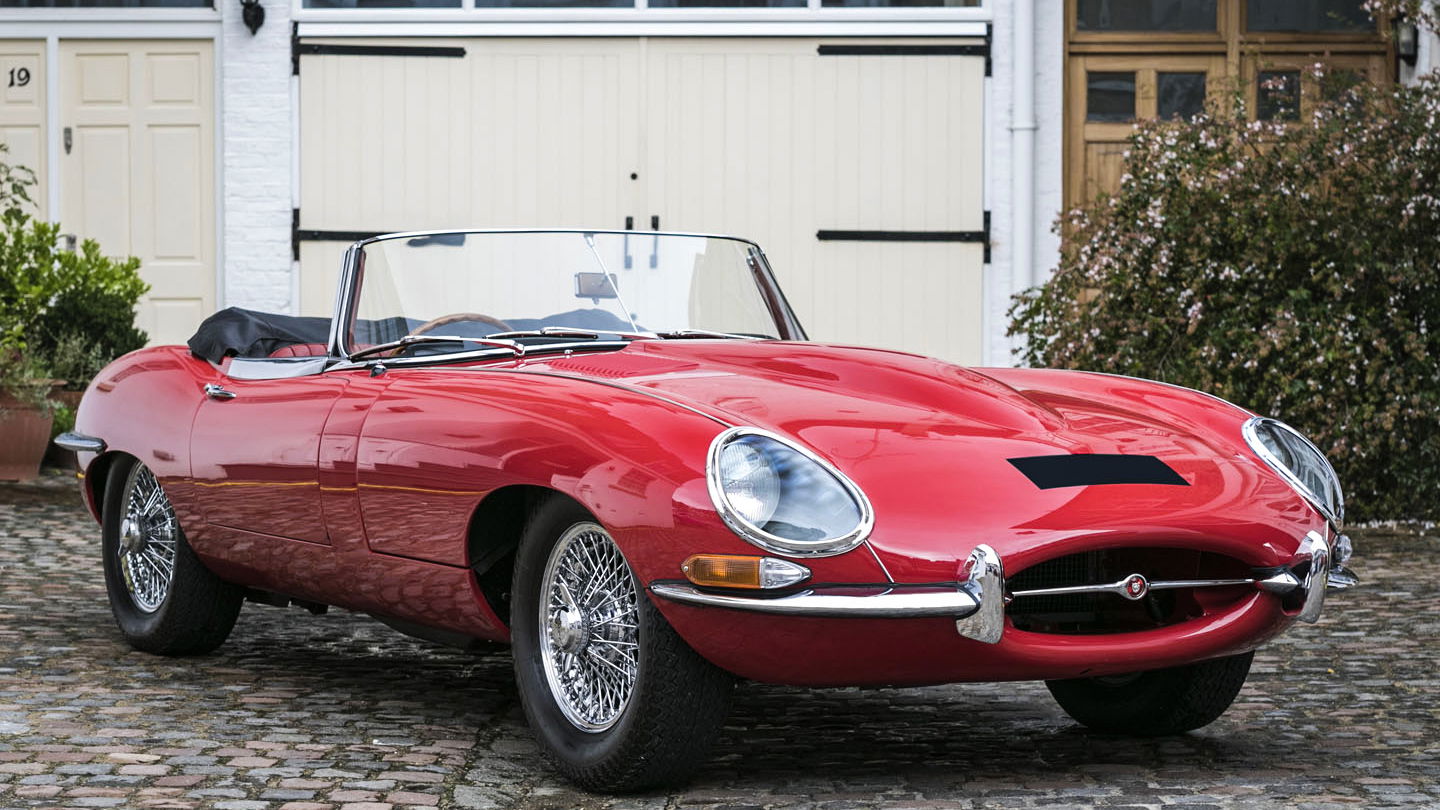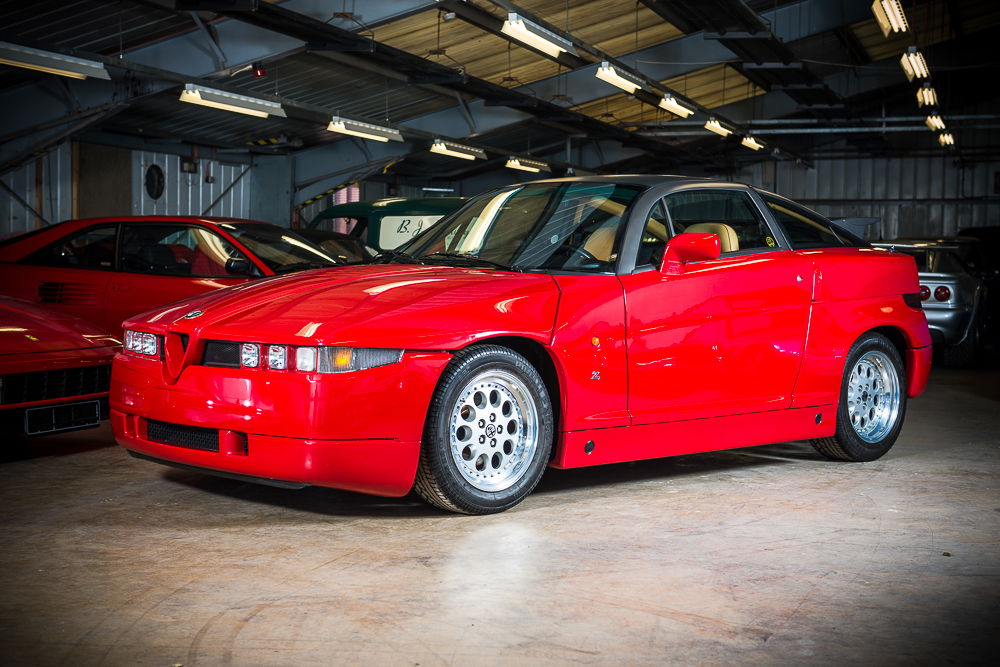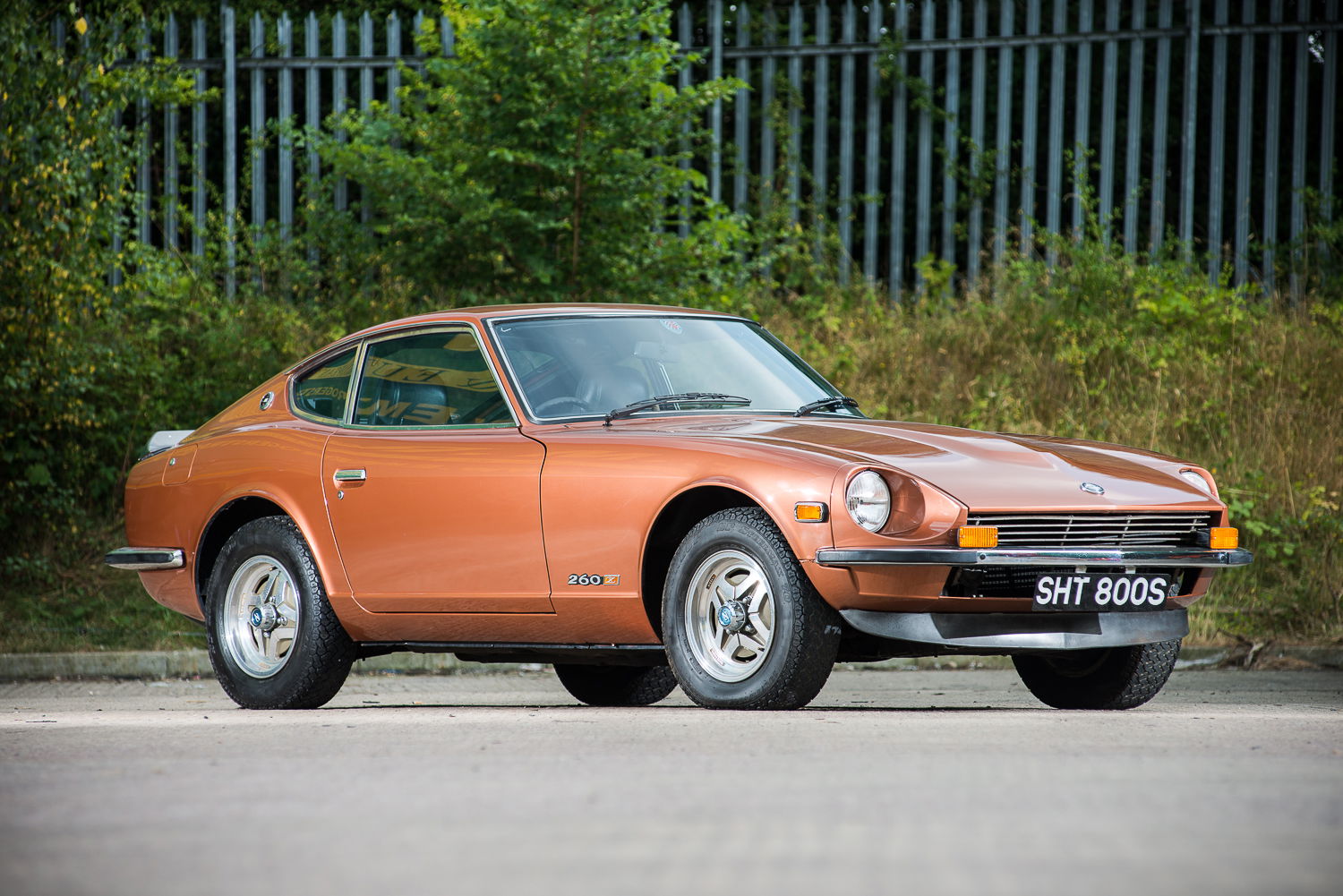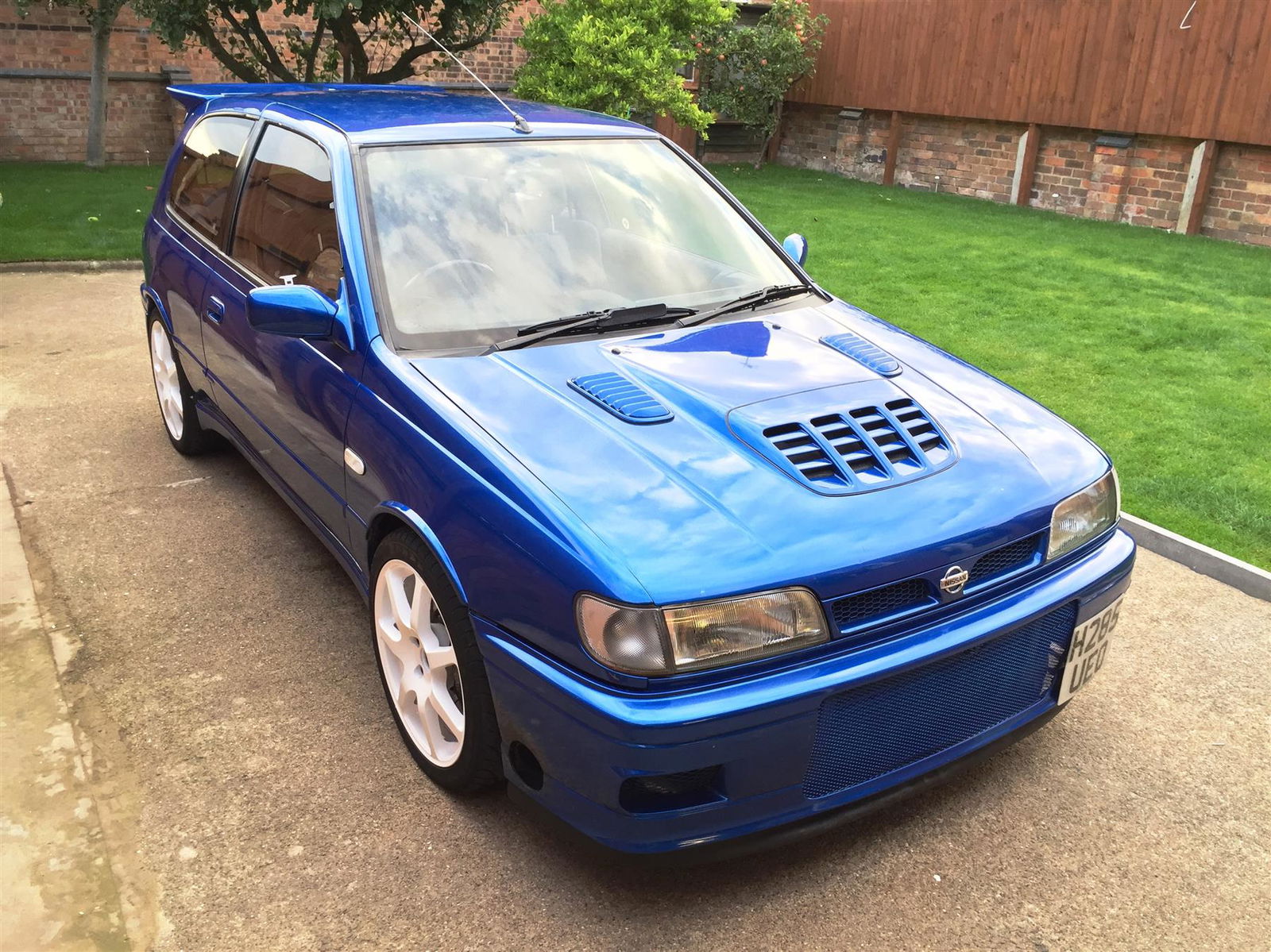Not Driving A Rare Car Shouldn't Add To Its Value

Why does low mileage make such a difference to rare car values? This is the question that’s been bothering me in the wake of Porsche’s decision to take its millionth 911 on a world tour before giving it a home in the company museum.
Let’s take that car, to start with. It’s an upgraded Carrera S with a bit more power and performance, and a bespoke interior that’s unlike any other, at least in the upholstery and details. But neither of those things really does anything for the value. What makes it priceless is that there can only be one millionth Porsche 911. There might eventually be a two-millionth one, but you can never replace the Irish Green Carrera S that was deliberately ordered to fall in that specific build slot.

That’s one reason why mileage shouldn’t and won’t affect the car’s value. The other is that it’s never likely to be sold. Porsche is preparing a spot for it at its own museum and that will be that. Why would they ever sell it? It has Schroedinger’s value; it’s simultaneously priceless and valueless. It will eventually be nothing more than an ornament; a souvenir Porsche built for itself. But, as mantelpiece decorations go, it’s not a bad one.
Let’s look at other rare cars, now. Cars that were built in limited numbers or have special heritage attached to them. The lowest-mileage ones are always worth more unless it’s a racing car with a winning pedigree, or maybe even a winning pedigree at the hands of a racing legend like Sir Stirling Moss or Fangio. It’s this low-mileage obsession that I don’t understand.

Some people might argue that low miles equate to originality, but that’s not necessarily a good thing. Components can degrade and weaken over time, making them all but useless; potentially even a danger to other parts around them if they should fail. By keeping a car original over decades by not driving it, it only makes it less and less drivable. We’re talking about rare Ferraris, Porsches, McLarens, Mercedes, muscle cars, supercars and all the weirdest and most wonderful ends of the scale. Condemning these cars to a life sat still is, to many of us, borderline criminal.
Why should this add value? Why should a life spent doing nothing make a car more valuable? If you’re speed-dating and you arrive at someone who’s stunning to look at but has been nowhere, done nothing and has absolutely no stories to tell, you’d be so disappointed. You’d move on to someone who’d seen more places and achieved more. You’d choose someone with a history.
Yes, histories can sometimes cost cars things, like they can cost people things. Parts break or wear out and have to be replaced. But if it’s original spec, who cares? Why should anyone care? If you were faced with two good-condition Ferrari 250 GTOs, one of which has 25 miles from new and has sat in a garage all its life, and the other of which has completed the Targa Florio, won the Mille Miglia, crossed continents and is half the price, which would you buy? I know which one I’d have.


Comments
Still run like brand new.
I’d take the race car that crossed continents, even if it was the same price
I very much agree.
I’d struggle to let myself buy a low mileage classic (If I ever actually could). As you say, part degrade, and if I bought a 60’s car, with 50 miles on it, I’d know it would probably need most of the bushes and such replacing, and everything checking over, before I could actually drive it! Would hate to buy it, then have to wait X amount of time before being able to use it at all, and then having to break it in as if it’s a new car.
A higher mileage car though, if looked after properly like many classics are, you know it’s been broken in, it runs and has been maintained, and any of its quirks will already be known before you buy it. Not as much risk of discovering any horrors while breaking in your 50 year old infant.
Right.
On the topic of those Porsche.
To me a car owned by the automaker is not a ‘car’ as such. Road registered or not, so far as I am concerned is a development car for the company itself.
So therefor 911 chassi 1,000,001 is the ‘millionth’ 911 because that is the millionth 911 sold.
Arguably a Cars ‘number’ should be based on its sales numbers and not its classic number.
So some lucky sod out there has just paid £100,000 or so for the 1,000,000th Porsche 911 ever sold, which is a priceless car.
Reason being… chassis 1,000,000 was never sold, rather retained by the manufacturer for historical development purposes.
Woudn’t the rubber barts like seals tyres etc degrade over time if they are not at all used? What about an engine which has been standing still for years? Won’t it reduce it’s reliablity?
Sorry Matt Kimberley , but isn’t that a Datsun 260z instead of a Datsun 240z? (Hint: it says it on the lower front fender)
In a few words…
that’s a 260Z not a 240Z
Some people get these kinds of cars as an investment, I disagree with that thought process but either way wouldn’t anyone pay more for a car with lower miles (less wear and tear) to think it’d be worth more with higher miles is nonsense, plus an already rare older car is made even more rare by having low miles
It is simple. which would you buy: a pug 106 with say, 30,000 miles, or one with 130,000 miles on it.
Pretty much gonna want the low mileage, simply because every component has less age fatigue and wear on it. Also, you know the chassis in general will have had a whole lot stress (on average) put on it within its life.
Pagination